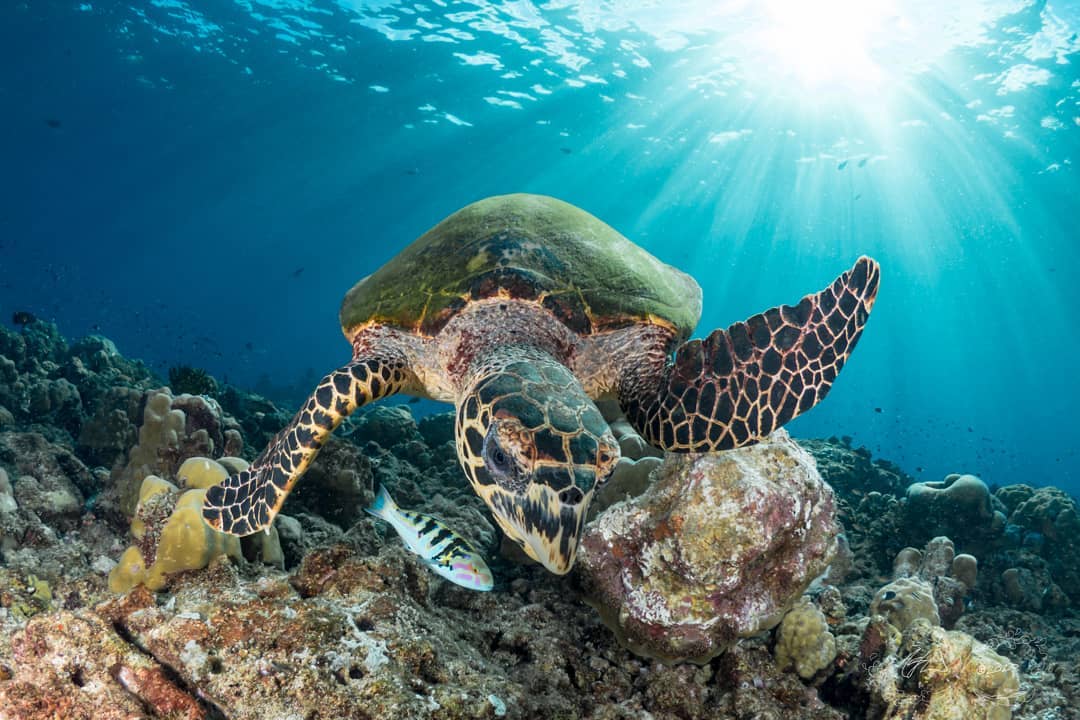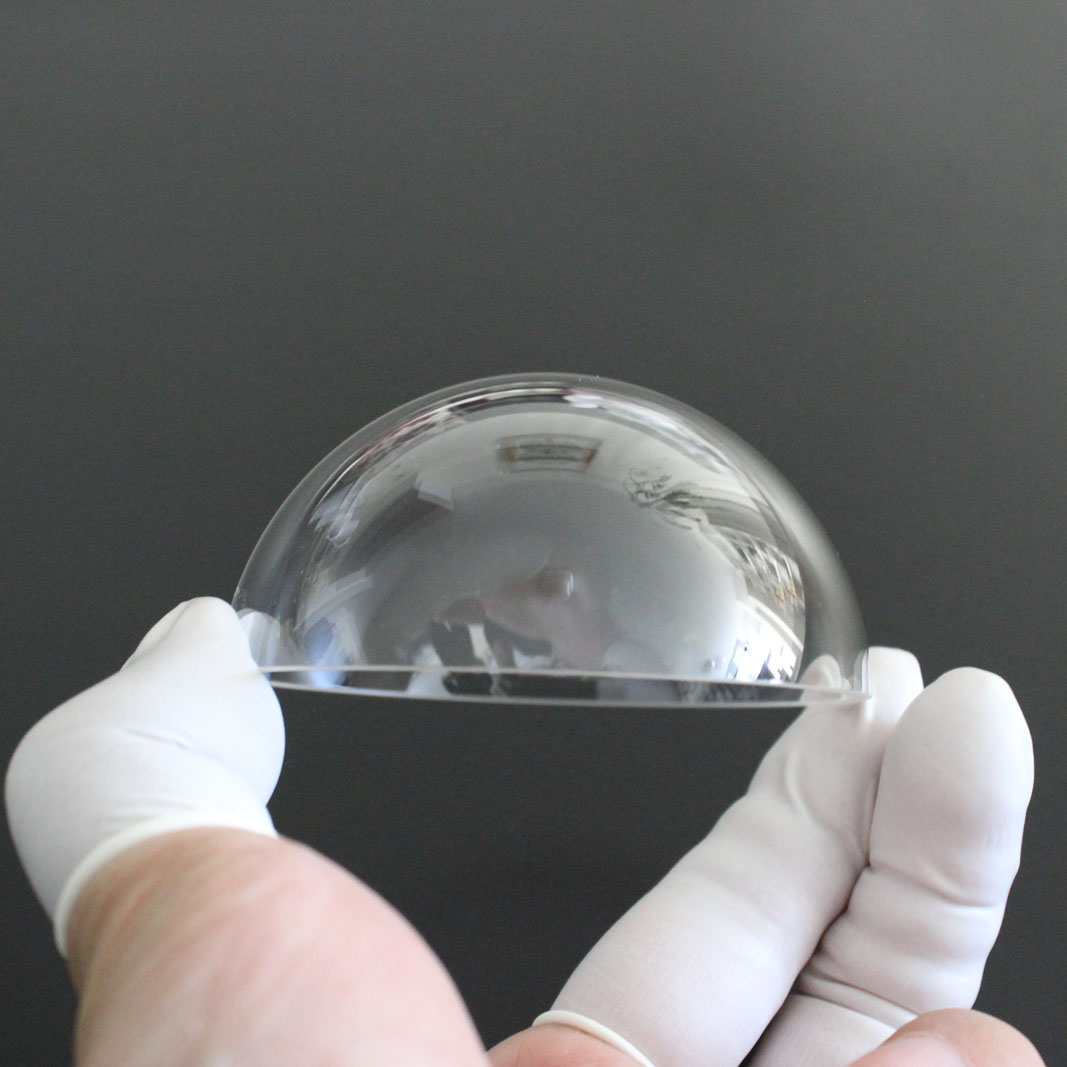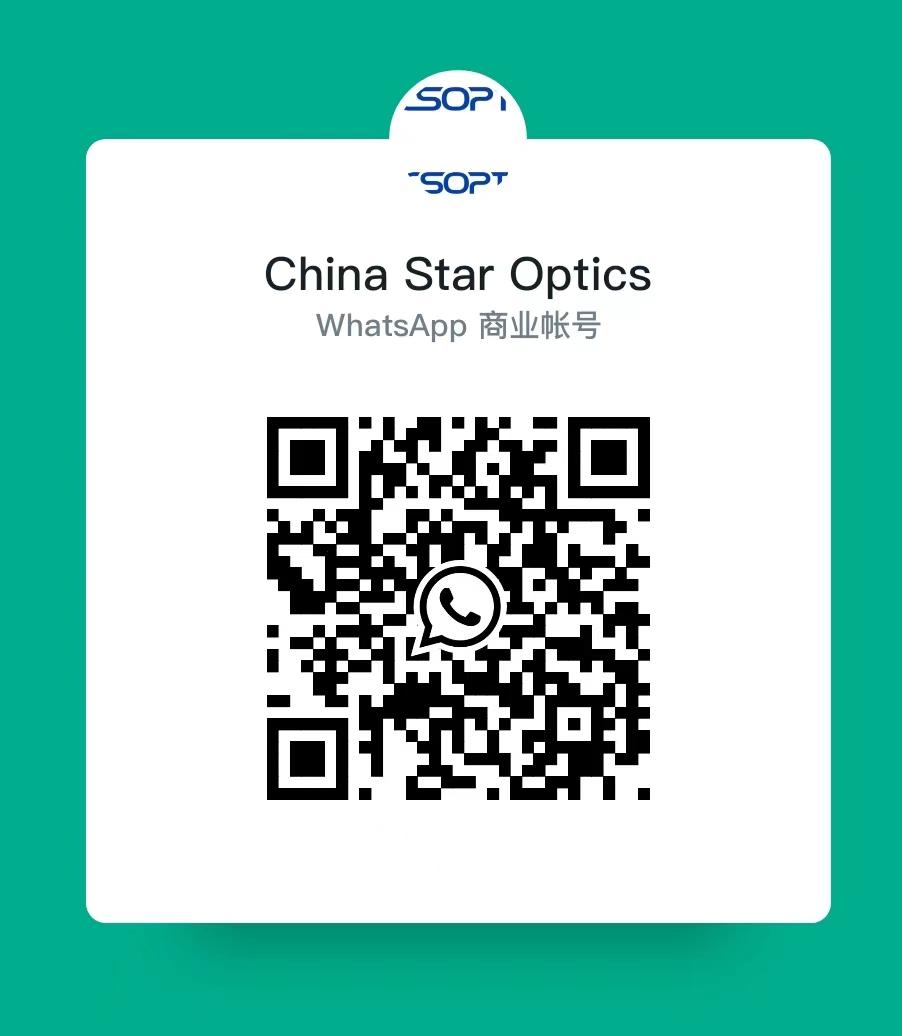

Dome Ports Benefits Summary
 1. Why use Dome ports for Underwater Photography?
1. Why use Dome ports for Underwater Photography?
• Domes make it better - Domes help correct aberrations that occur when light travels thru water as opposed to air. Domes can deliver better results compared to flat ports, and also make it easier or possible some results that flat ports would not capture.
• Size matters - Bigger domes are better than smaller domes, for a number of reasons. The tradeoffs are; heavier, bulkier, pricier than smaller domes.
• Customized specially for you - CSOPT manufacture can make dome lens in various sizes and various glass materials, like K9, sapphire, quartz.Whether it's for aerospace or underwater photography it will ensure the safety of your lens and the clarity of the image.
• Domes are ideal for split-level and underwater use - While dome ports will not take anything away from your work above water, their impact or difference above the surface is irrelevant. Domes are ideal for split-level and underwater work.


2. DOME SIZE
All domes are sharp in the center, so when we are comparing the image quality of domes we are concerned more with the corners and edges. In general the larger the dome the better the corner sharpness. Knowing this, it seems like the solution is to use the largest dome possible but this is not always necessary, practical or the best solution. Smaller sensor cameras can use smaller domes and still retain good image quality. This is also more practical as most users of smaller sensor cameras are concerned with size. Fisheye lenses can also use smaller domes and still retain acceptable corners. In fact, in most cases a small dome is preferred over a large dome for a fisheye. This is because fisheye lenses are able to focus extremely close and the smaller dome allows us to get physically closer to our subject. This makes them better suited for close focus wide angle and the smaller size has less drag and is easier to use in tight spaces. Rectilinear lenses will benefit from a larger size dome but you want to use what is appropriate for your sensor size and focal length. Split images also benefit from a larger size dome, creating a thinner meniscus or water line. Whenever your image contains important information in the corners it's a good idea to stop down to retain good detail.

3. Focal length matters
Using very long focal lengths are not practical underwater for a number of reasons. There's magnification anyway, that makes submerged objects appear closer/larger to begin with. And the user will also be fighting water clarity, opacity, and lighting, all of which play a much larger role underwater. We recommend you use wider, shorter-focal-lenghts for your underwater work.
Name: Sales Department
Mobile:+8613019214973
Tel:86-431-81905988
Whatsapp:+8618043023344
Email:sales@china-optics.biz
Add:No.3 Shenzhen street, Economic and Technology Development Zone ,Changchun China
We chat
